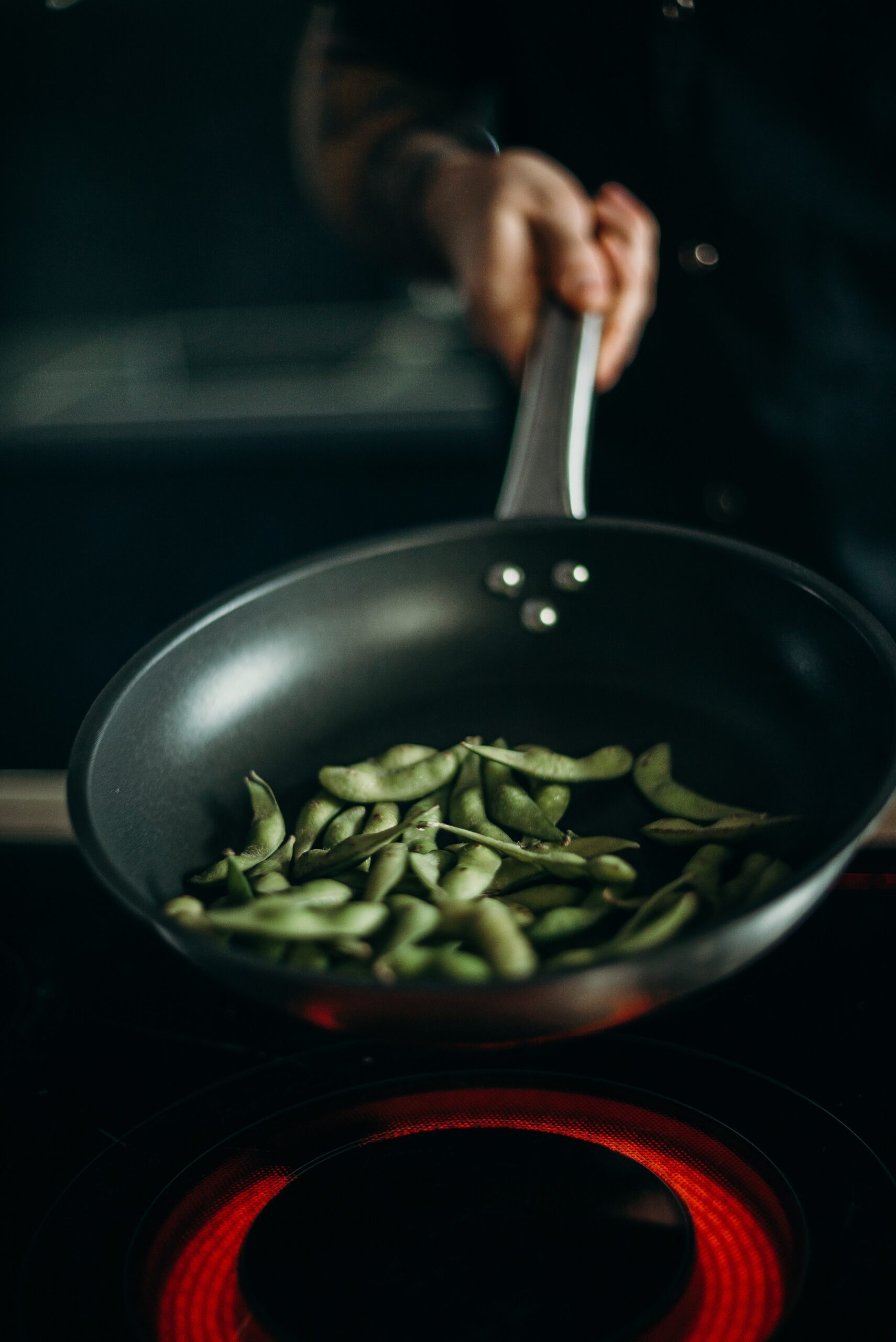Every seasoned home cook or professional chef knows the importance of having the right tools in the kitchen. Among the vast array of utensils and gadgets, one versatile piece of cookware stands out – the saute pan. Designed for high-heat, quick-cooking techniques, this humble kitchen essential is integral for whipping up a myriad of dishes, from seared steaks to sauteed vegetables. With its unique design and functional properties, the saute pan brings out the best in your ingredients, transforming them into culinary masterpieces.
A Kitchen Essential: The Basics of This Flat-bottomed Cookware
Fundamentally, this is a flat-bottomed cookware item with tall, straight sides. It typically comes with a lid and a long handle for easy manoeuvring. This particular cookware’s design is optimised for the cooking technique its name is derived from – ‘sautéing’, a French term for ‘jumping’. It facilitates the quick tossing of ingredients, allowing for even heat distribution and efficient cooking. The straight sides prevent spillage, while the lid traps heat and moisture, allowing for a versatile range of cooking methods. Understanding its design and functionality is the first step towards harnessing the true potential of this culinary powerhouse.
Sauté, Simmer, and Sear: The Versatility of This Deep-sided Pan
The versatility of this type of cookware extends far beyond sautéing. It’s an excellent choice for searing, braising, frying, and even simmering. Searing meat in this type of pan, for example, allows for the development of a delicious crust. Similarly, the deep sides and fitted lid make it perfect for simmering sauces or braising meats. The pan’s design ensures even heat distribution, preventing hot spots and ensuring consistent cooking results. With such a versatile pan at your disposal, you can master a range of culinary techniques and explore diverse cuisines from around the globe.
Choosing the Right Material: Stainless Steel vs Non-Stick
While deep-sided pans come in various materials, the most popular choices are stainless steel and non-stick. Each has its own set of advantages. Stainless steel pans are incredibly durable and resistant to high heat, perfect for searing and browning. They’re also oven-safe, adding to their versatility. On the other hand, non-stick pans require less oil for cooking, making them a healthier choice. They also offer easy cleanup, a significant advantage for busy home cooks. Choosing the right material comes down to understanding your cooking style, health preferences, and maintenance capacities, ensuring that your pan becomes a reliable partner in your cooking endeavours.
Maintenance Matters: Caring for Your Flat-bottomed Cookware
Proper maintenance can significantly extend the life of your pan. Cleaning methods depend largely on the material of the pan. Stainless steel pans, for instance, can handle scrubbing and soaking. For non-stick pans, avoid metal utensils or harsh scrubbers that can damage the coating. Regardless of the type, all pans should be allowed to cool before washing to prevent warping. In addition to cleaning, proper storage also contributes to the longevity of the pan. Avoid stacking pans directly on top of each other to prevent scratching. With the right care, this kitchen staple can serve you well for years to come, turning everyday meals into extraordinary culinary experiences.
Conclusion
In the realm of cookware, the saute pan holds a special place. Its versatility and practical design make it a must-have in any kitchen, whether you’re a beginner home cook or a seasoned chef. From sautéing to searing, simmering to braising, this humble cookware handles it all. By selecting the right material and practising proper maintenance, you can enhance your culinary adventures and ensure that your pan stands the test of time. Whether you’re cooking a hearty weekday dinner or preparing a special feast for loved ones, this type of pan is an invaluable ally that brings your culinary vision to life. Indeed, this flat-bottomed cookware is not just another piece of cookware, but a gateway to a world of delicious possibilities.
Author name: Alison Lurie

